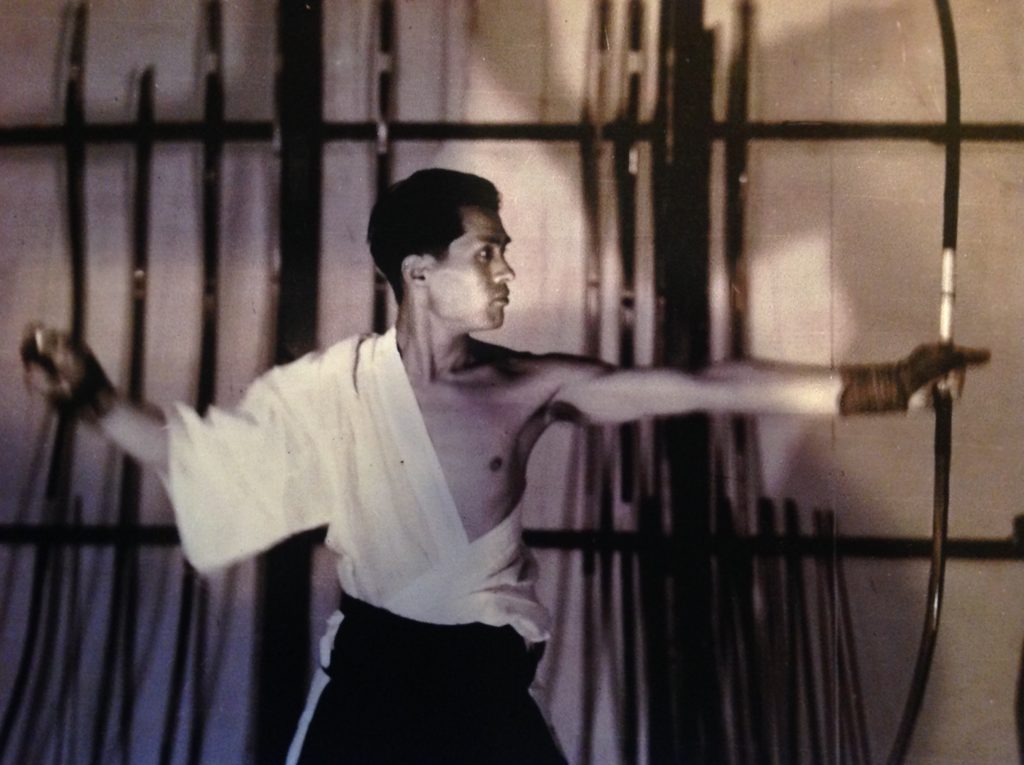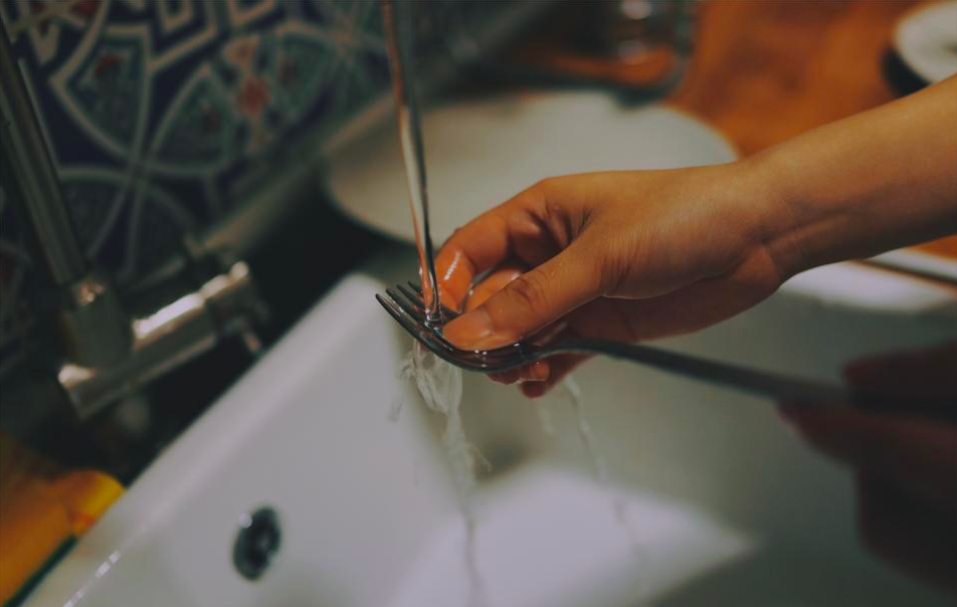
By Bonny Casel, Founder and Director of School of Natural Medicine UK
Many of us rush through their daily routine and at the end of the day it is often difficult to remember what it is that we have done, and so our life goes by with a handful of high and low moments, the rest merely a blur quickly forgotten. The less grounded we are in the moment the more we look to the past and the future while overlooking the ‘now’ in which we are living.
Very few dwell on the past without stirring up negative feelings ranging from regret for choices made, for what one no longer has or never had, to anger, blame, and fear. Thinking about the future again creates fear in the mind, as well as desire for the many things that life has to offer, yet we forget that the future does not exist, cannot be predicted, and is entirely unreal. Our mind can become filled with these thoughts and the present moment is a potential sacrifice to these visions. Negative thoughts and emotions have a harmful effect on the health of the body. Cumulatively, lack of presence contributes, along with poor diet, stress, inherent weakness and other lifestyle factors, to the creation of ill health and disease. Lack of presence also makes it impossible to live the life we live well.
What is Contemplative Art?
Contemplative Art is a practice in which one is fully present in the moment while doing a task, while also choosing to do this task with the purest of intentions and with the deepest connection to what one is doing; in a sense as if the action and the result are no longer separate from yourself, but are instead the unfolding of the creative potential of now, a now that you are wholly at one with. The moment unfolds in the purest and most direct way, as an unpretentious living work of art.
When this form of mindfulness is applied to an art form, or an activity is brought to the level of a ceremonial art form, we have what are most commonly called the ‘Contemplative Arts’. However this way of being can be applied to any activity of life.
Why is Contemplative Art valuable for Self Healing?
By practicing action in the present the mind becomes completely relaxed, and as this practice is mindfulness in ‘action’ it is much easier to carry the peaceful mental state achieved during practice into day-to-day life.
This is of tremendous benefit even when considered in the simplest terms, for example that experiencing lowered stress allows the body more energy for healing.
Research has shown that some of the benefits of Contemplative Art are as follows:
- Increased Resilience
Resilience to psychological stress has been shown to improve with as little as 25 minutes of Contemplative Art practice for three consecutive days.
- Reduces Anxiety
Mindful ‘Action’ such as Contemplative Art and Mindful Movement, increases activity in the part of the brain that controls worrying and processes emotional and cognitive function. Regular practise has been shown to reduce anxiety in both adolescents and adults by up to 38%.
- Reduces Stress
The practice of Contemplative art increases connectivity in the dorsolateral prefrontal cortex; the part of the brain that relates to our ability to focus our attention, effectively plan and manage our time, and handle multiple tasks. This improves the ability of the brain to manage stress, resulting in the lowering of the physiological markers of stress, and is also a significant benefit for those that suffer from ADHD.
- Reduces Insomnia and Fatigue
Contemplative Art has also been shown to reduce insomnia and fatigue; a welcome cascading benefit of reduced stress and anxiety, alongside increased resilience.
- Reduces Depression & Improves Mental Health
Another cascading benefit of reduced stress and anxiety, is the well documented benefits of Contemplative Art on our mental health. Not only has it been shown to reduce depression and improve mental health, it has also been shown to reduce the likelihood of later development of depression in adolescents.
- Reduces Physical Pain
Contemplative Art and Mindfulness is one of the few methods proven to significantly reduce pain, without activating the body’s opioid system. This is of value for anyone experiencing pain, but is especially important for those that experience long-term pain and/or have built up a tolerance to opiate based drugs.
- Assists in Restoring Emotional Balance
Contemplative Art has been shown to improve recovery from emotional disturbances due its beneficial effect on the hypothalamus, alongside brain structures that are closely linked with the emotions, such as the amygdala.

Origins of Contemplative Art
Contemplative Art has its roots in Buddhism and developed over the centuries, in numerous countries, including China, Japan, Korea, Tibet, Bhutan and Nepal. Although it has taken on a variety of cultural forms, techniques and settings, the essence of the practice is the same, as the contemplative arts have evolved as a way for people to develop awareness of the inherent beauty and value of the simple moment-by-moment experience of life.
The most well known forms of contemplative are were developed in Japan, and include Kyudo, the Way of the Bow, which is considered by the Japanese to be the highest form of contemplative art. Kyudo is practiced using a Yumi and Ya (Japanese longbow and arrow) and consists of a series of precise movements in which only one is shooting the arrow. These movements flow in a complete cycle, and the intention is to flow with an uninterrupted mind from one movement to the next. However, the tendency of the mind is to ‘follow’ the arrow, giving greater importance to this part of the whole, yet when you do this the arrow doesn’t reach its mark. The moment the mind leaves the flow of the movement, the body, however subtle, contracts, and the target is missed. If your attention is fully present with each phase of the movement, without singling out any part, then you hit the target every time. This practice cultivates presence and also focuses on onaji, which just means ‘same’ – putting others neither above nor below you, neither more or less important, and thus cultivating genuine dignity and respect for self and others.
Other traditional contemplative arts include Chado, the Way of Tea, often referred to as the Japanese Tea Ceremony; Calligraphy, Haiku, a form of contemplative poetry, and Kado, popularly known as Ikebana or Japanese Flower Arranging. Yet these are only a few examples of the many practices developed around the world, in varying cultural and religious settings, that are practiced with the same spirit.
Each contemplative art has its focus of intention (hospitality, tranquility, respect, beauty, simplicity, balance, the beginner’s mind, etc) yet ultimately the Contemplative Arts assist a person to become attuned to their essential goodness and human dignity, which is a tremendous step towards a healthy psyche, as well as being an inherent requirement for physical health and fruitful spiritual practice.
The practice of contemplative art is described by many as though one were holding a mirror to the mind, as the closer we are to experiencing the moment, the fewer layers of distraction separate us from our experience of our authentic self. In addition many have found that contemplative art can be a powerful tool for healing, as the harmful effects of negative thinking fall away while living fully in the moment.
This is a big claim for a simple practice yet, once experienced, the draw for attunement to mindfulness is remarkable.

Daily Living as a Working of Art
Although traditional forms of contemplative art have been developed to the highest level of intention, purity of form, and sincerity, it is important to remember that the true Master takes the spirit of practice and applies it to all of the actions of his or her life. It is the ‘spirit’ of the action that is the essence of the practice, and this spirit can be practiced in any moment, during any action that one does in life.
It can be practiced while taking a shower, studying, walking the dog, making the bed, preparing food, driving to work, shopping for vegetables, or brushing your child’s hair. It can be practiced while doing any action that a human being can do.
I hope that this article has inspired you to take a breath and centre yourself, with full attention, into this very moment. This moment, like every moment, can be a living work of art, within which you truly can live at peace and in harmony with yourself and your surroundings.